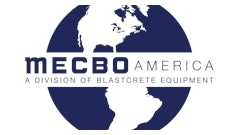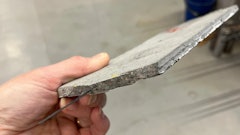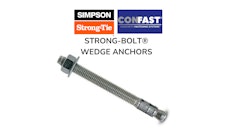MCMINNVILLE, OR - Haiti produces some of the poorest concrete in the world. Its poverty causes it to skimp on cement and then mix the materials on the ground using shovels. These actions have resulted in over 20-million cubic yards of rubble and hundreds of thousands of deaths.
Following the January 2010 earthquake, an Oregon machinery company took up the challenge to improve the quality of concrete in Haiti. A five-man team from Cart-Away Concrete Systems designed a mixer for Haiti that will improve the strength of Haitian homes. "The slowdown in U.S. construction provided us the time to devote our efforts to this problem in Haiti," stated Scott Crist, the project manager. "The silver lining to our economic problems is that we could make the rebuilding efforts in Haiti more sustainable."
The new mixer for Haiti is called the Concrete MD. The functions of the machine are designed to fit within the culturally accepted building methods of Haiti. "They use shovels and buckets to move material, so we built a mixer that works within that system to improve the measuring and blending of the materials," continued Crist.
The Concrete MD is a batch-fed mixer that uses two calibrated batch buckets to create a consistent blend of sand and rock in the mixing chamber. By using four 94-pound bags of portland cement and eight dumps from each batch bucket, a Haitian construction crew can produce ½ meter of strong concrete, over and over again.
"We used an auger design that we first produced in the 1990's. This type of mixing action will allow crews to produce both ready-mix concrete and mortar with the same machine," added Tom Vail, president of Cart-Away. This dual functionality is important in Haiti because the traditional building process includes concrete floors and mortared block walls to create a home.
The dual-rotating auger allows the wet materials to be easily dispensed into buckets from a 6-inch door in the bottom of the mixer. Buckets are then used to carry the materials to the forms using a chain of workers.
The mixer is powered by a hydraulic power system that provides the torque to mix large batches every 15 minutes, yet the unit is small enough to be wheeled around the job-site by a small crew.
"The solution to rebuilding a strong Haiti is a decentralized concrete production system, where small mixers are working all around the island in unison," added Vail. "The organizations who have committed money to this effort can greatly improve the quality and sustainability of construction by providing better tools and letting the Haitian's work."
More details concerning the problems with Haiti's concrete production methods and the new mixer can be found at www.theconcretemd.com



























